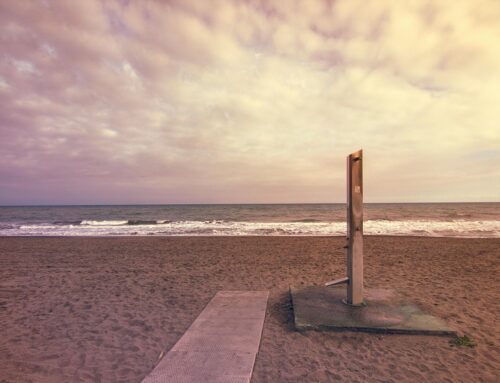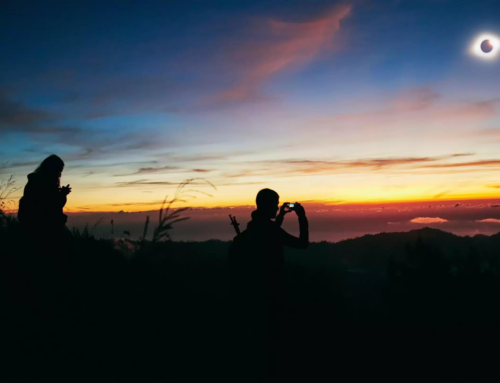GoCampingAmerica.com | Posted August
2nd, 2016
Starry, Starry Nights
Happy Camper Blog
While it can
certainly be enjoyable to look up at the stars from your own backyard,
there’s nothing like getting away from the city lights where the dark skies
reveal even more of their celestial wonders. Here are some of the top spots
to go stargazing in the U.S.:
Kitt Peak National Observatory
| Tucson, Arizona
Groundbreaking astronomical research is conducted at Kitt Peak,
which is home to the largest array of optical and radio telescopes in the
world. The clear night skies of the Sonoran Desert and the observatory’s
location atop a nearly 7,000-foot mountain make this one of the premier
stargazing locations in the U.S. The Kitt Peak Visitor Center also offers
a binocular stargazing opportunity for those who cannot travel up to the
mountain. The program is held at Saguaro National Park West where the staff
teaches guests how to use binoculars to view planets, galaxies, star
clusters, nebulae and more.
Denali National Park
| Alaska
One of the most spectacular displays of the heavens — the Aurora
Borealis (also known as the Northern Lights) — can be viewed here. While it’s
difficult to predict when this dazzling light show in colors of green, red,
blue and purple will occur, the best times to catch it are in the
fall, winter and early spring when the park is at its darkest.
Starting in mid-August, Denali’s skies are also dark enough for some great
stargazing from midnight until two or three in the morning, and by late
September, the park loses enough daylight that stargazers don’t even have to
be night owls to enjoy the starry skies.
Headlands International Dark Sky Park
| Mackinaw City, Michigan
Set on approximately 550 acres of pristine woodlands on the
coast of Lake Michigan, Headlands offers excellent stargazing, ranging from
spectacular views of the Milky Way in the summer to meteor showers in late
summer through the fall. And while the spectacular phenomenon of the Aurora
Borealis (or Northern Lights) is elusive, it can be seen here year round and
is the most active in March and September.
Acadia National Park
| Mount Desert, Maine
Since there is virtually no light pollution here, Acadia
National Park is a prime location for stargazing, including views of the
Milky Way just about every night. On September 22-25, the park will host the
Acadia Night Sky Festival, a community celebration where volunteer
astronomers and park rangers will point out constellations and other night
sky features visible with the naked eye, binoculars and
telescopes. Special events at the festival will include a night sky
“Under the Stars” boat cruise and a bioluminescent and star gazing kayaking
tour.
Blue Ridge Observatory and Star Park
| North Carolina
Located six miles from Spruce Pine, North Carolina and
surrounded by Pisgah National Forest, the six-acre Blue Ridge Observatory and
Star Park is the first star park to be certified by the International
Dark-Sky Association in the southeastern U.S. Visitors are welcome to
stargaze at the park, but should be aware that lighting is kept to a minimum
to preserve the dark skies, so they should proceed with caution. A new
observatory is being constructed at the site and is scheduled to open in the
fall. It will be located an elevation of 2,736 feet and will offer 360 degree
views. The observatory will include an f/3.6 StarStructure Newtonian telescope
with a 34-inch mirror and will be the largest telescope in the Southeast in
dark skies dedicated for public use.
Big Pine Key
| Florida
Located about 35 miles northeast of Key West, Big Pine Key
boasts clear night skies and has the claim to fame of being one of the few
spots in the U.S. where the Southern Cross constellation is visible. The
island is known for its annual Winter Star Party which is is hosted by the
Southern Cross Astronomical Society each February and draws more than 600
amateur astronomers from around the world.





